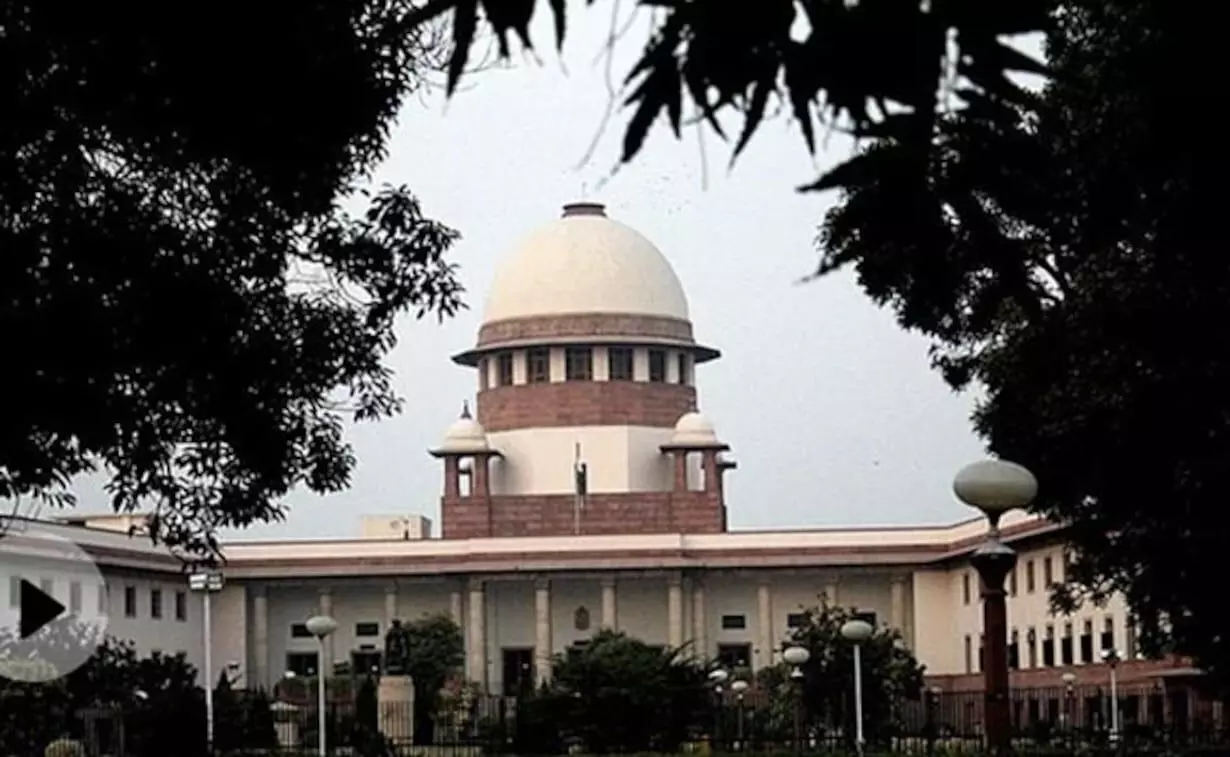Undue adamance?

“The question is whether the government applied its mind and what material formed the basis of its decision to grant remission.” This question has been raised by a Supreme Court bench of Justices KM Joseph and BV Nagarathna, which was hearing a batch of petitions challenging the Gujarat government’s decision to prematurely release the 11 convicts sentenced to life imprisonment for gang rape of Bilkis Bano and murder of her family members. The irony had unfolded on Independence Day last year when the rapists and murderers were uncaged by the state government following a remission plea filed by the convicts. The extreme brutality of the cold-blooded crime needs no retelling. As the court would itself put it, "A pregnant woman was gang-raped and several people were killed. You cannot compare the victim's case with standard Section 302 cases. Like you cannot compare apples with oranges, similarly massacre cannot be compared with single murder.” The court also observed, very importantly, that “crimes are generally committed against society and the community.” A particular crime and its differing legal interpretations by the judiciary and the executive are not odd phenomena. But the perception of the state standing behind a bunch of criminals, rather openly, is something that is quite baffling. Law is an objective thing, but requires subjective interpretation to attain meaningfulness. In the process of interpretation, it can potentially be used as a shield to protect individuals or to incarcerate them. There are certain ambiguities in the Bilkis Bano remission case that force one to take a pause and re-think the role of the state. Most importantly, it is completely incomprehensible as to why the state is using its “privilege” to refuse sharing the files of remission case with the apex court. The ambiguity extends to the point where the top court can smell traces of contempt. Call it adamance, refusal or an exercise of discretion, why does the state have to take such a rebellious stand for a bunch of criminals? Even for a moment, if it is agreed that the state has all rights to stick to its own interpretation, that should be done with a certain degree of transparency. The apex court, while demanding for the files, has given the state government an opportunity to come out transparent. This opportunity should not be lost. The bench also aptly highlighted the universal element of the crime. It said that “today it is this lady, tomorrow it can be you or me.” The remission order affects the sense of security and trust on the justice system of all the women in the country. So, transparency doesn’t have to be just before the court and Bilkis Bano, but before all the women in India. The second thing that arouses suspicion is the extent of parole granted to the convicts. The bench highlighted that more than 1,000 days parole was granted to each of the convicts, and one of them got 1,500 days parole. The liberty shown towards the perpetrators of heinous crimes appears questionable. Then again, last month, one of the remitted convicts was reported to be seen sharing the stage with a ruling party MP and an MLA at a government programme in Gujarat. Also, one cannot forget that special reception and garlanding that the released convicts had received last year. The crimes committed against Bilkis Bano and her family had multiple strands. These strands should be separated to understand the gravity of the case, rather than allowing one strand to eclipse the other and hide the realities. It was a gruesome crime against an individual. It was an unacceptable and unforgivable incidence of vengeance-driven sexual violence against a woman, as also an extreme case of objectification of the female community. It was also a crime intended towards Muslims in the wake of the Gujarat riots. The case cannot be treated casually. Before the court sits for next hearing on May 2, the government should shed its adamance and come out with files in a transparent and responsible manner.



